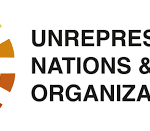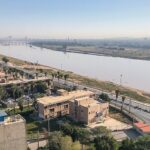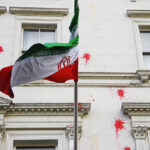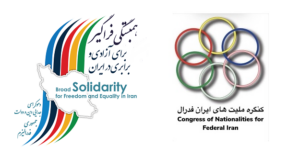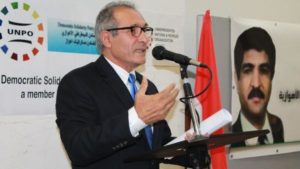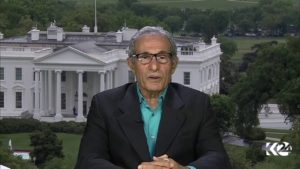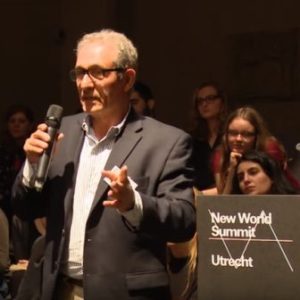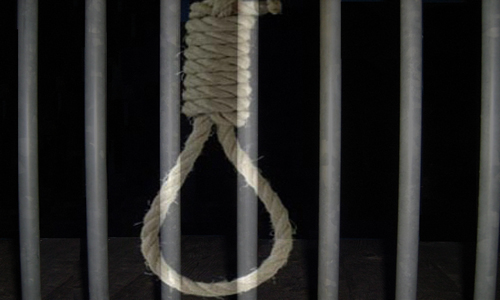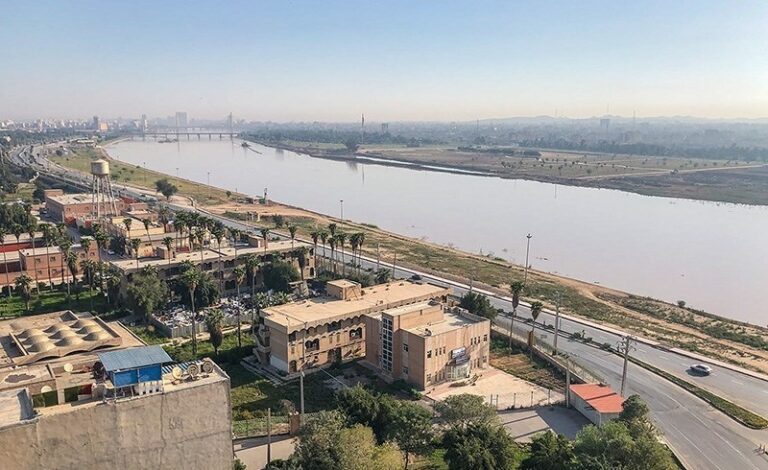Iran will cease to be a country within a generation unless the environmental crisis in Ahwaz is tackled, a meeting at the House of Lords was told yesterday.
At a conference organised by the British Ahwazi Friendship Society (BAFS), scientists, engineers and human rights activists discussed Iran’s ongoing efforts to dam the rivers of the Ahwaz region and the disastrous effects of pollution.
The meeting was hosted by the Green Party’s member of the House of Lords, Baroness Jenny Jones, and supported by Gandhi Peace Prize winner Peter Tatchell and the Unrepresented Nations and Peoples Organization (UNPO)
The House of Lords meeting heard that the Ahwaz region, which hosts Iran’s biggest rivers (Karoun and Karkeh) and its extensive marshlands, is the most polluted place on the planet due to dust storms and the impact of heavy industry, including oil, petrochemicals, and metals sectors. Meanwhile, the mismanagement of water resources due to the damming of rivers and overuse is potentially creating conditions for a collapse in Iran’s food supply, a large part of which comes from the region.
In the Karoun and Karkheh watersheds, a total of nine dams have been built or are under construction with a further 12 under study. The damming of the Karoun and Karkeh rivers is intended to increase supply of water to cash crops, particularly the sugar industry, as well as generate hydroelectric power. It is also building water diversion tunnels to feed water from Karoun’s tributaries to Isfahan, which is facing its own water scarcity problems. The plan is to divert 1.1 BCM per annum to Isfahan. Water mismanagement is leading to desertification and exacerbating pollution.
Experts from the Centre for Middle Eastern Plants (CMEP) and the Carboun Trust told the conference that the situation was still reversible with the appropriate management and technology transfer. Iraq and Kuwait have shown the marshes can be rejuvenated and deserts could be greened, while improved waste and water management could improve the overall environment.
However, representatives of the Ahwazi Arab and Balochi nationalities – Karim Abdian and Reza Hussein Borr – pointed out that the Iranian government was refusing to implement even the most rudimentary changes. They questioned whether the avoidable environmental destruction was a means to eradicate ethnic nationalities. Iran’s scientific community, members of parliament and environmental activists had exhausted all options and the only solution was to overturn the political system.
However, Iran’s collapse may be inevitable if the environmental crisis leads to a decline in food crop output from the resource-abundant Ahwaz region. The consequences could include civil war as provinces compete for water resources and malnutrition affects the poorest sections of society.
Last week, the Global Military Advisory Council on climate change stated that climate change, including water resource management, is the greatest security threat of the 21st century. Iran’s leading specialist on desertification, Prof. Parviz Kordavani, also warned this week that Iran has depleted 70% of its ground water and the provincial competition for water will lead to domestic conflict within five years (http://tinyurl.com/gtjkp5l).
Water diversion is destroying the marshes and rivers of Khuzestan, disrupting the entire national ecology and ultimately food crop productivity. There is a very real possibility that Iran will produce climate refugees in the near future. Already, the issue of Khuzestan’s water resources and the damming of rivers has caused riots in the province by ethnic Arabs and Balochis who are indigenous to the region and this is fuelling Arab separatism.
With sanctions now being lifted, the world will need to look to practical solutions in which engagement with Iran will bring positive benefits to society and ensure sustainable development. Investment by European oil and electricity generating companies is coveted by Iran and Europe could be pivotal to whether Iran achieves a sustainable development for its people or becomes a failed state. Support for civil society inside Iran, particularly in the Ahwaz region, as well as the scientific community would bolster the change necessary to avert another economic, social and security disaster in the Middle East.
Facts on the Ahwaz region (Khuzestan):
- Iran’s biggest source of food crops – leading producer of wheat (1.1mn tonnes), second largest producer of maize (400,000 tonnes) and rice (300,000 tonnes).
- Over 40% of Iran’s sugar production, mostly on sugarcane plantations: 4mn tonnes per annum.
- 90% of Iran’s onshore oil reserves.
- Petrochemicals production: 17mn tonnes, 30% of national total.
- Steel production: 5mn tonnes per annum, third of national total. The steel industry in Khuzestan requires 1.4 billion cubic metres of water per annum to produce 5 million tonnes of steel, the equivalent of 6% of the River Karoun’s annual average flow.
Since sanctions have been lifted, the region has supported massive growth in industrial output. In 2016/17, the government aims to increase in oil output by 1mn b/d to over 4mn b/d, mostly from the Ahwaz region. It has already doubled crude steel exports to 2mn tonnes in the first seven months of the current Iranian year

